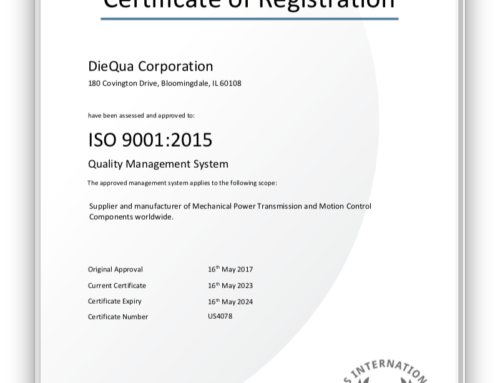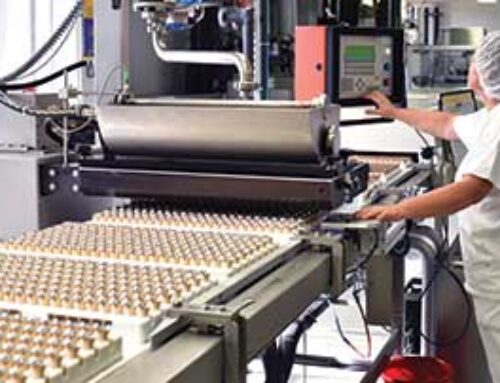Sealed bearings are preferred over the unsealed alternative, but why is that? Why should sealed ball bearings be considered over unsealed bearings? What are the benefits of sealed ball bearings?
- Worry-free Lubrication
- No Contact
- Self-Contained
Worry-Free Lubrication
Unsealed ball bearings require regular lubrication. If lubrication is not completed regularly, you are faced with the issue of failure. Sealed bearings, however, do not need lubrication. This, in turn, eliminates the process of lubrication and thus results in saving time on labor. This is especially ideal when the bearings are located in hard-to-reach areas like in a spiral bevel gearbox or machine.
Sealed bearings also provide the advantage of no accidental over-lubrication. Unsealed bearings are subject to failure in many instances from over-lubrication. It’s recommended to avoid adding a grease fitting or adding grease into the bearings. By marking the machine, it will allow technicians working on the machine to also avoid lubricating the sealed bearings.
No Contact
On the inside of the bearing, the inner track touches the contact seal’s bearings. The inner track is the area where the ball bearings spin and this is ideal as it prevents moisture from getting into the bearing, which often results in wear and tears as well as high levels of operating temperature. Non-contact bearing seals will not touch the inner track.
Due to this, the temperature is lower and the friction is lower as well. What are some ideal applications for sealed bearings? These types of bearings are especially ideal for power tools and automobiles. Seals are essential for preventing grease lubrication and will not allow for grease to leak out from the bearings.
Self-Contained
The presence of contaminants will not only reduce the lifespan of the parts of the machine but contribute to the wear and tear of the machine. Unsealed bearings that require lubrication also allow contaminants to be introduced.
Because sealed bearings do not require lubrication, they tend to be more closed off, offering no route for contaminants to enter in the first place. A failure in the seal may result in the failure of the bearing. Check out this blog on gearbox seal leak symptoms, if you encounter a leaking seal.





